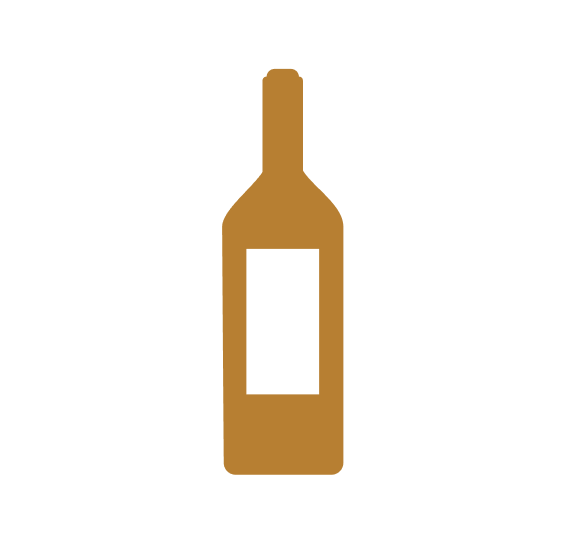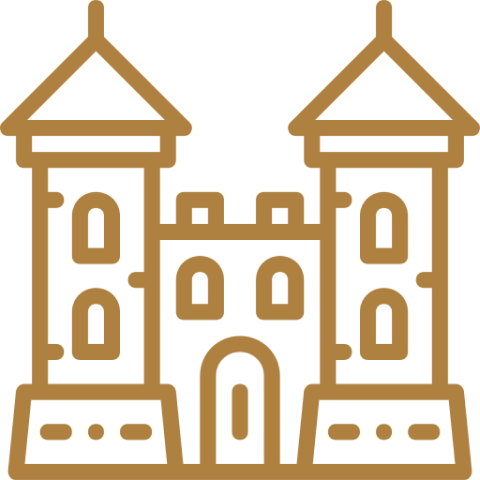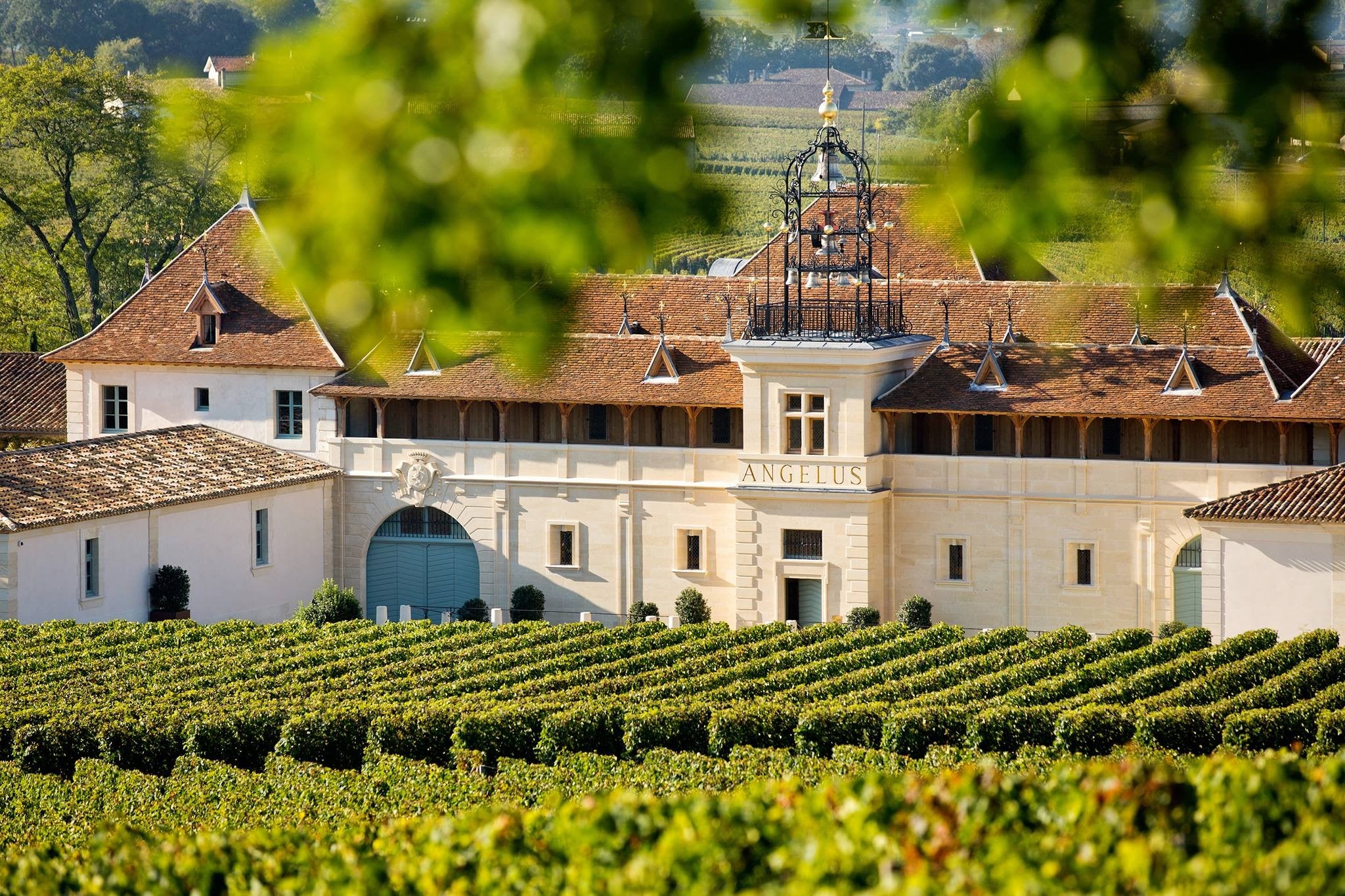


Découvrez les domaines & vins Bordeaux
Bordeaux, the world capital of wine
Bordeaux is a wine empire. It is in Bordeaux that you find the finest and most sought-after wines in the world, such as Château Cheval Blanc, Château Figeac, and Pétrus.
Located in the southwest of France, near the Atlantic Ocean,... Plus d'information
Nos meilleures ventes


CHATEAU FIGEAC

CHATEAU LAFITE ROTHSCHILD
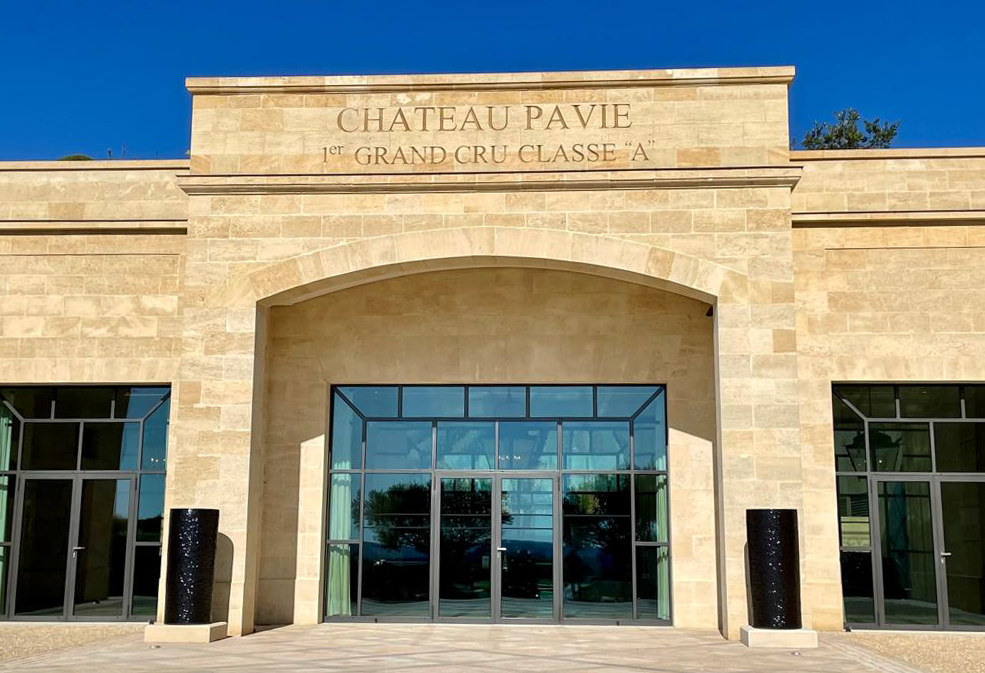
CHATEAU PAVIE

ALTER EGO

AROMES DE PAVIE

CARILLON D'ANGELUS

CARRUADES DE LAFITE

CHAPELLE D'AUSONE

CHATEAU ANGELUS
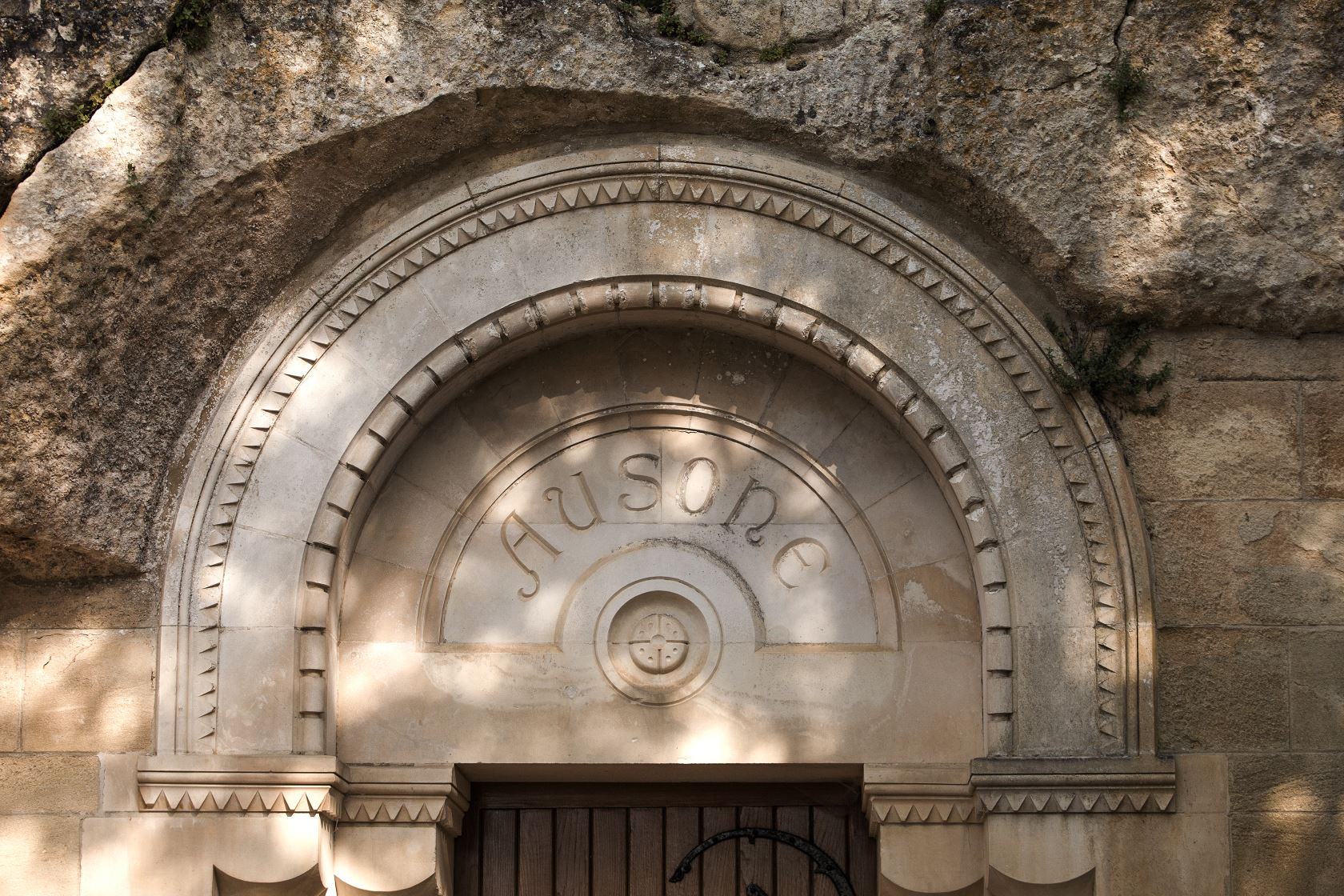
CHATEAU AUSONE
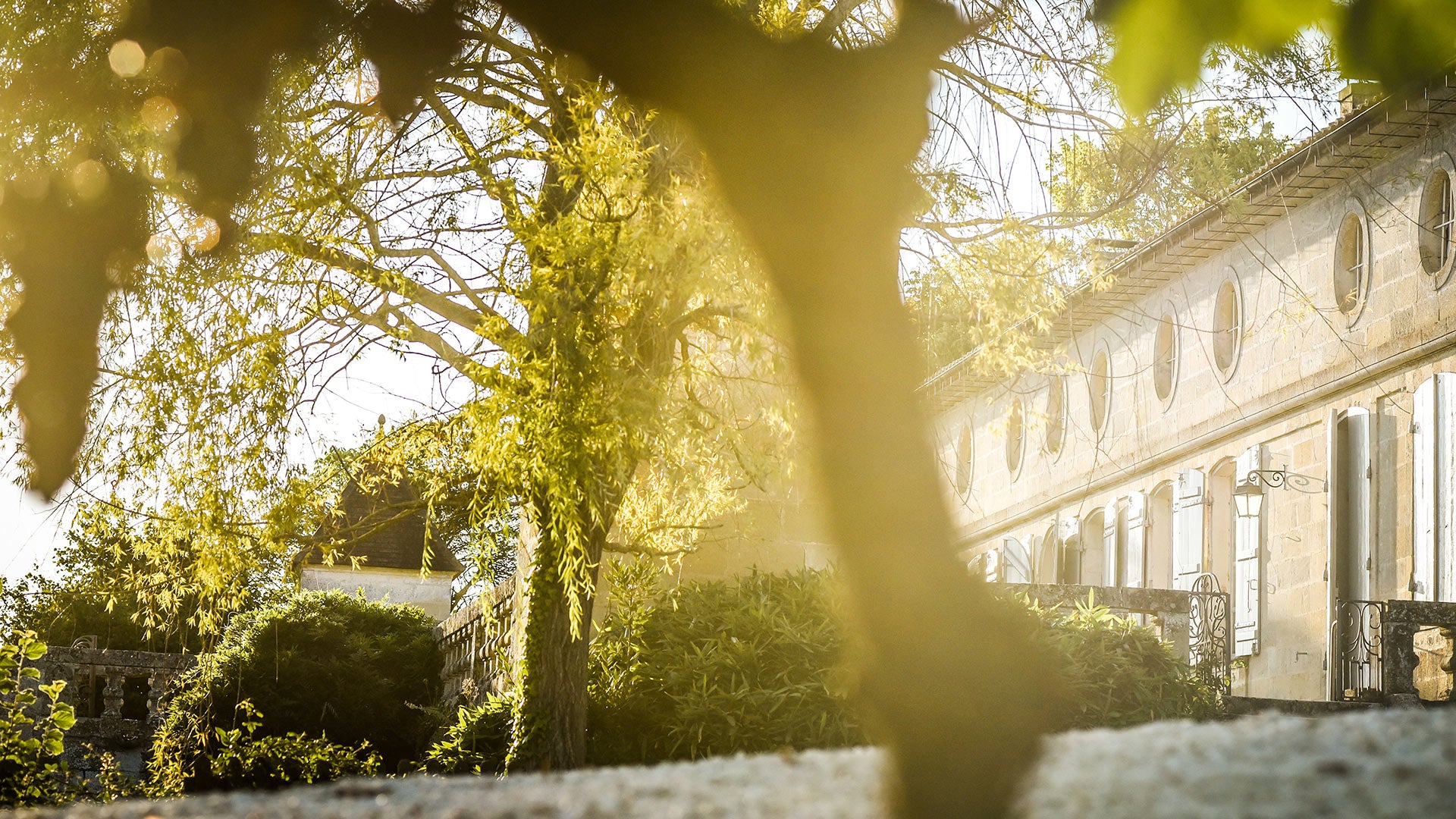
CHATEAU BEAUREGARD
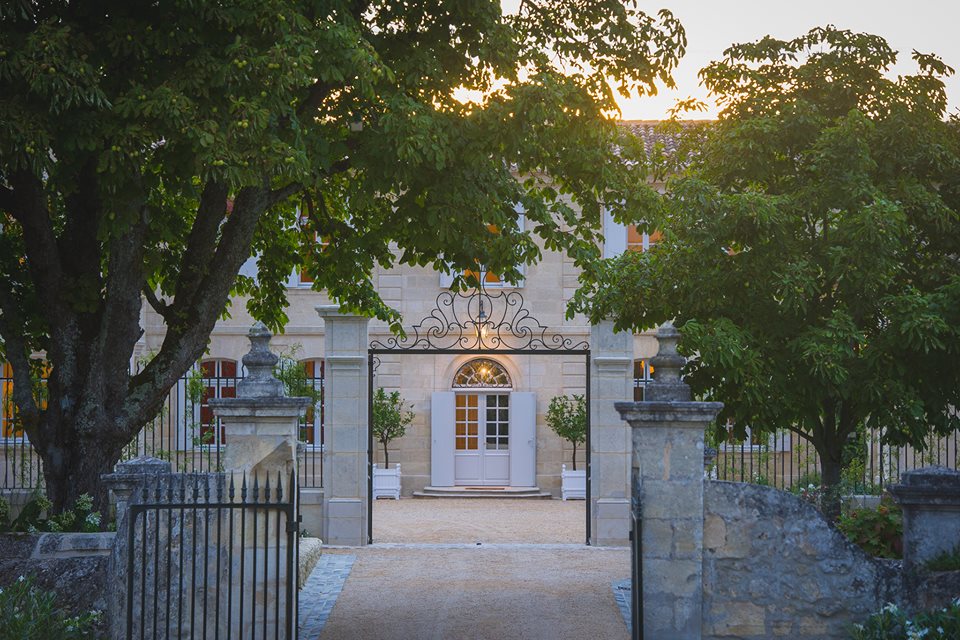
CHATEAU BERLIQUET
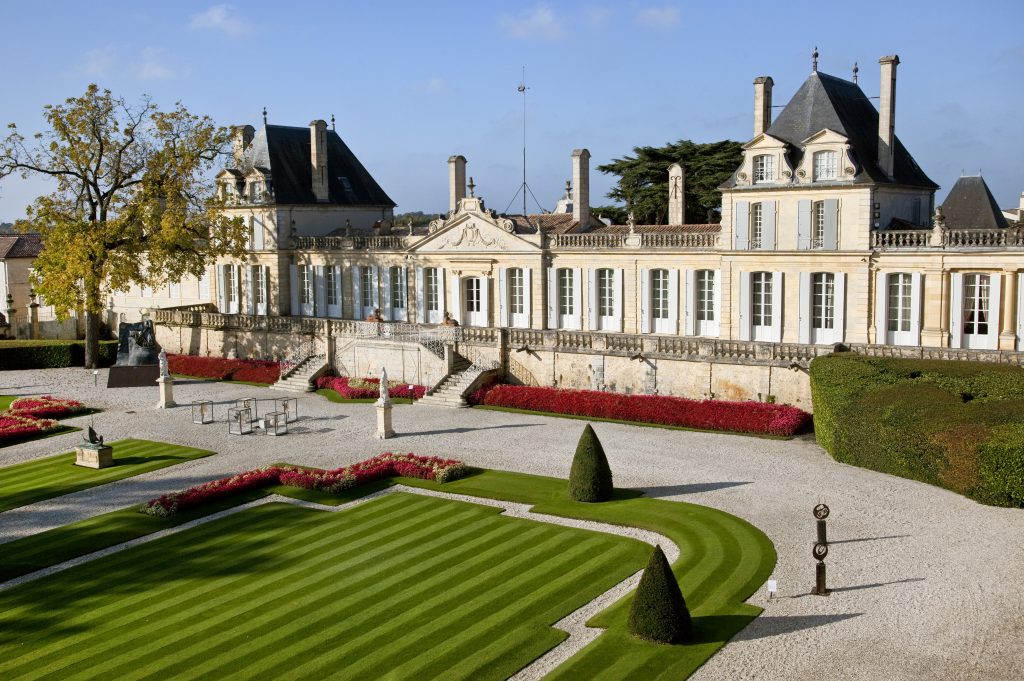
CHATEAU BEYCHEVELLE

CHATEAU CALON SEGUR
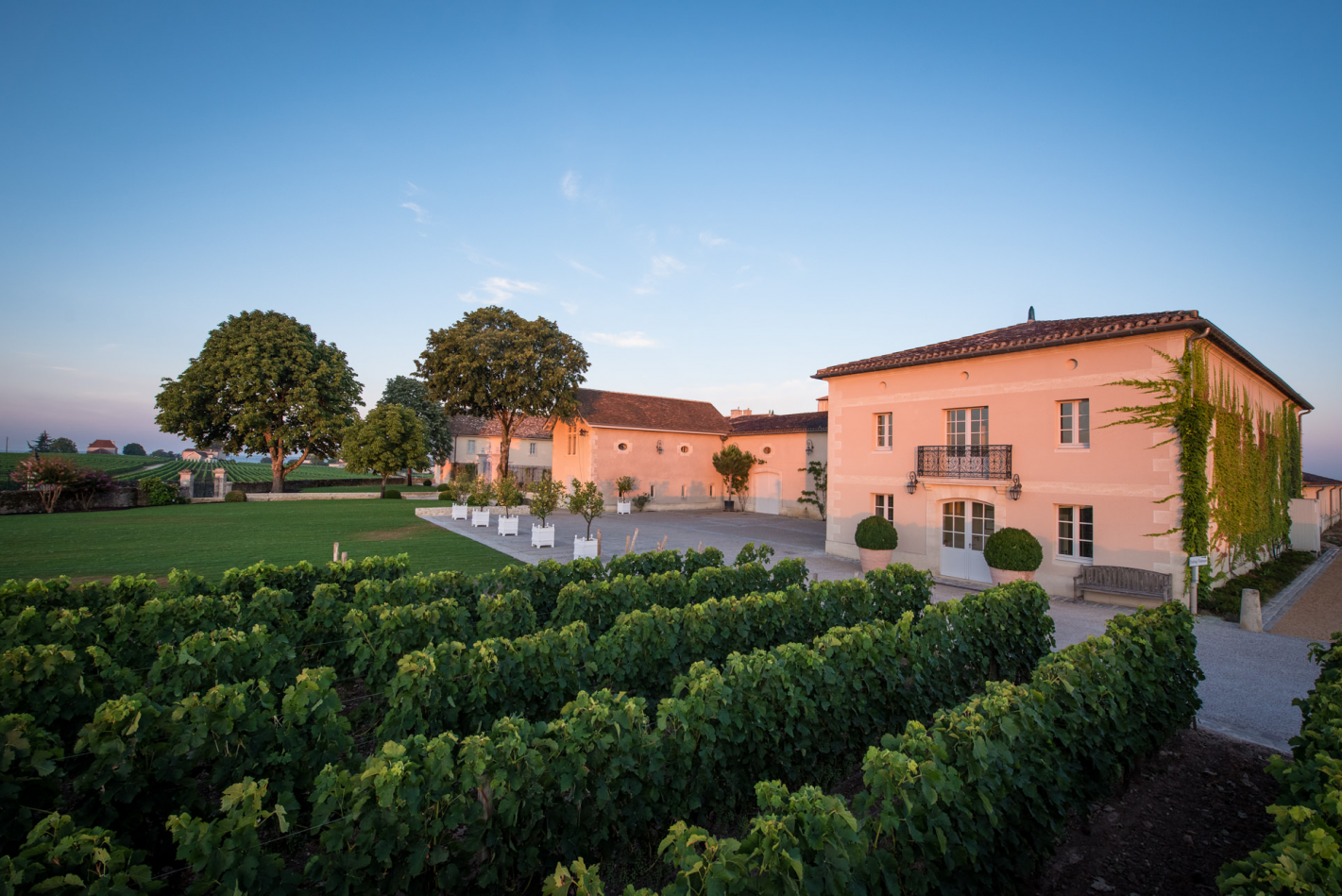
CHATEAU CANON

CHATEAU CANTENAC BROWN
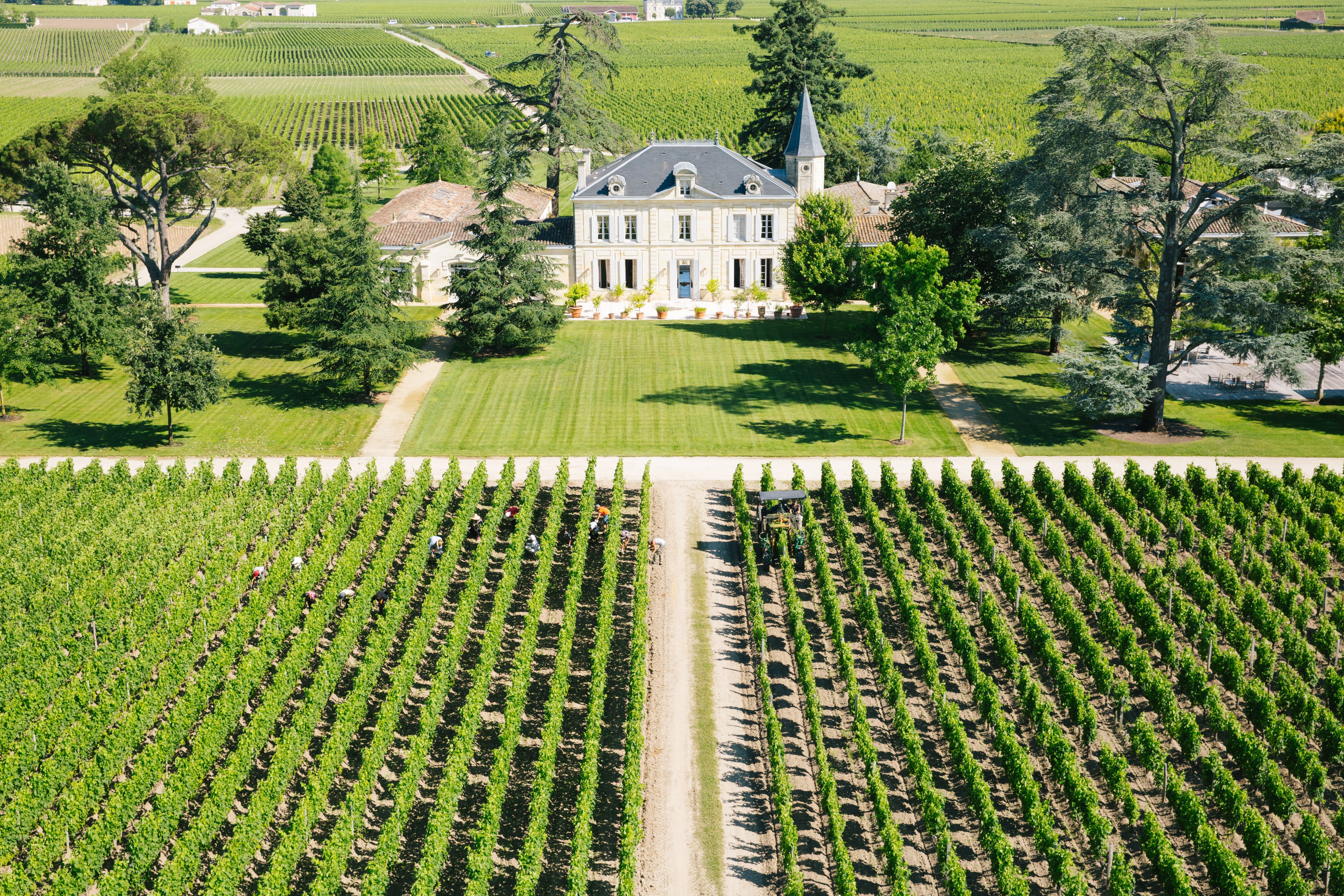
CHATEAU CHEVAL BLANC
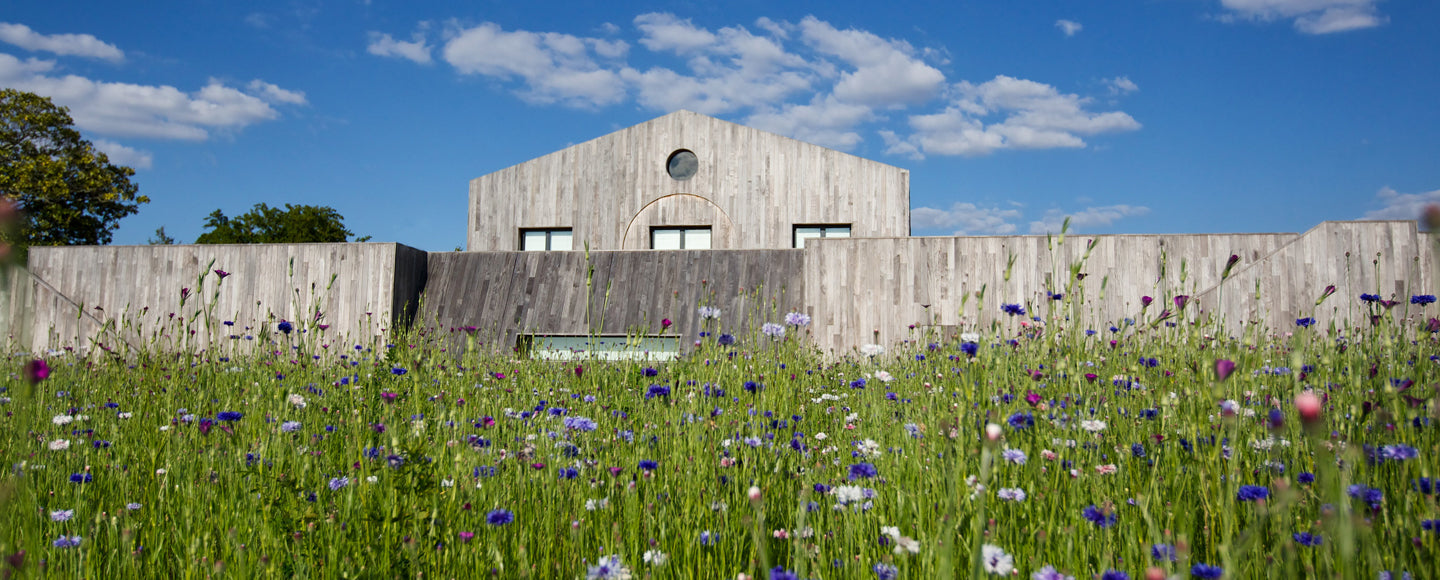
CHATEAU CLERC MILON

CHATEAU CLOS FOURTET
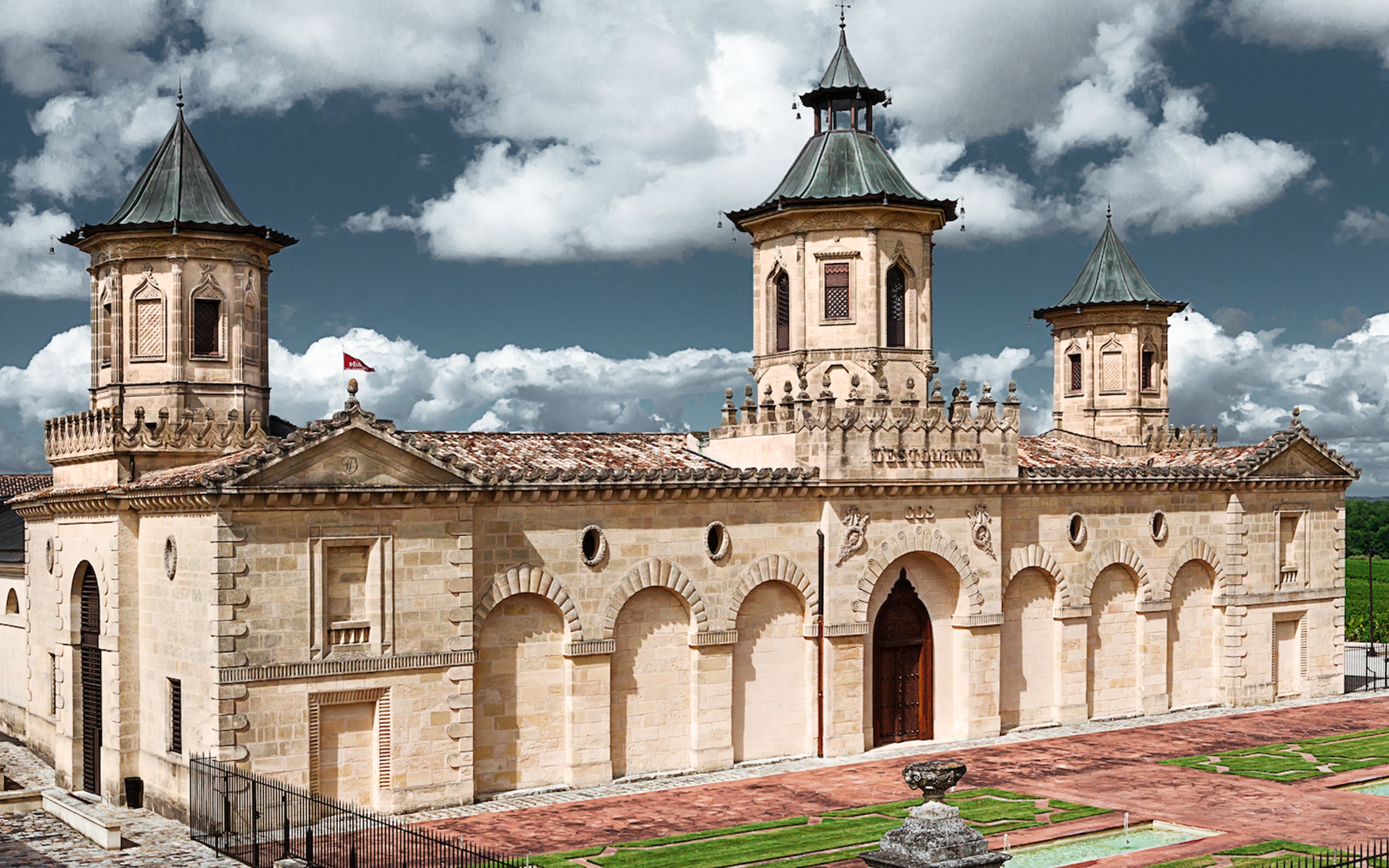
CHATEAU COS D'ESTOURNEL
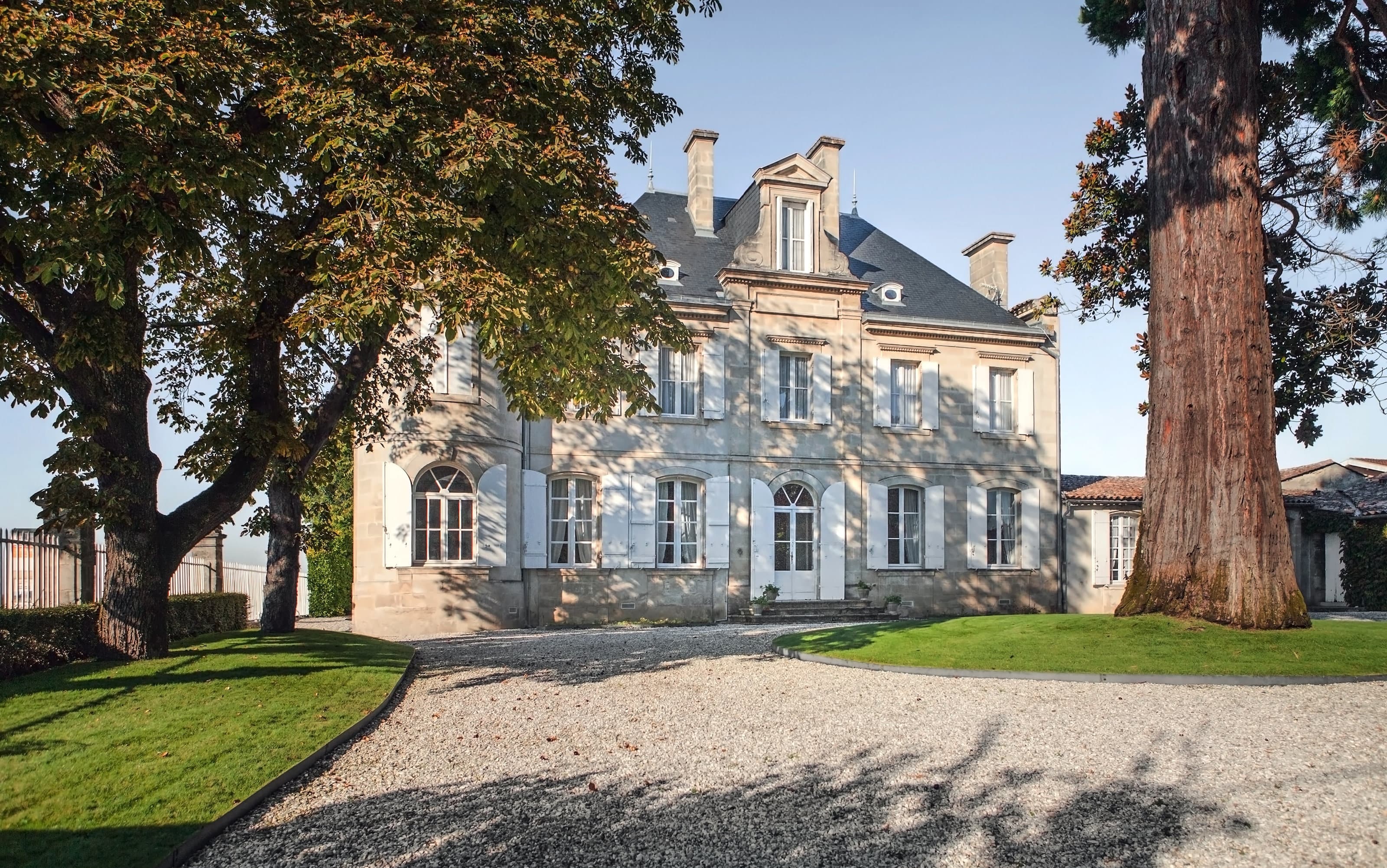
CHATEAU COS LABORY

CHATEAU CROIZET BAGES

CHATEAU D'ARCHE

CHATEAU D'ARMAILHAC
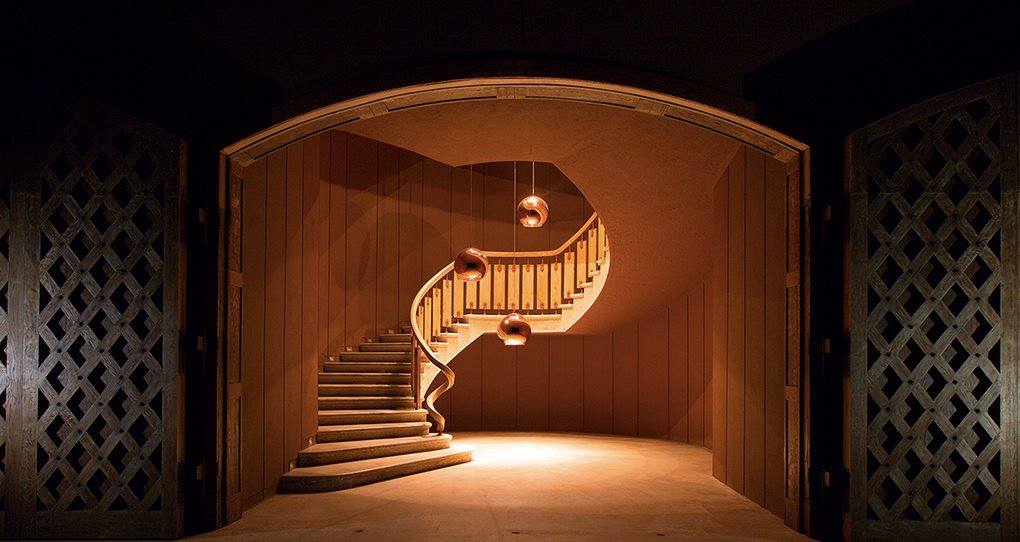
CHATEAU D'YQUEM
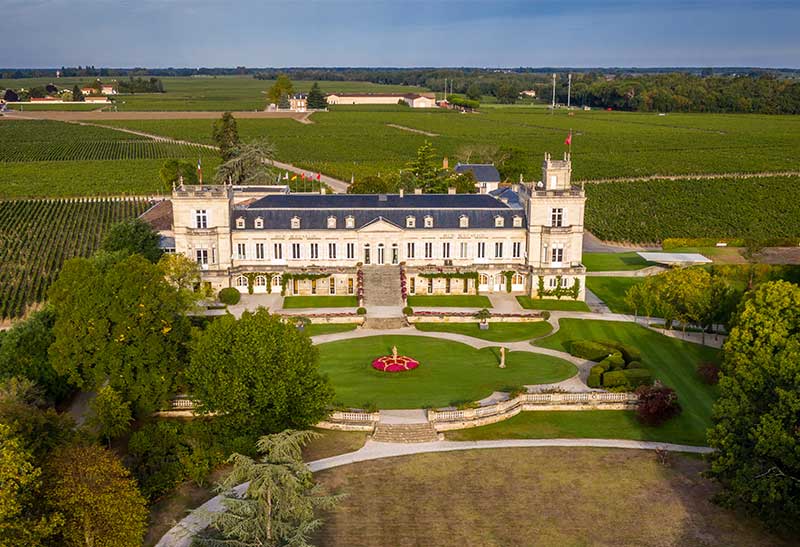
CHATEAU DUCRU-BEAUCAILLOU

CHATEAU DUHART MILON

CHATEAU DURFORT VIVENS

CHATEAU FIGEAC

CHATEAU GAZIN

CHATEAU GISCOURS
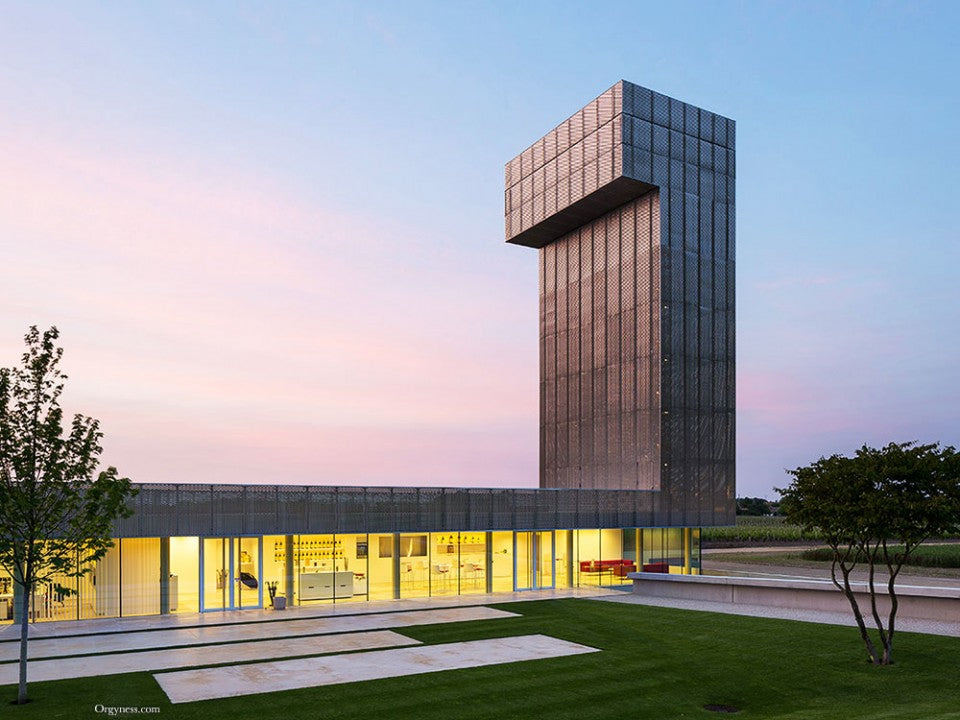
CHATEAU GRUAUD LAROSE
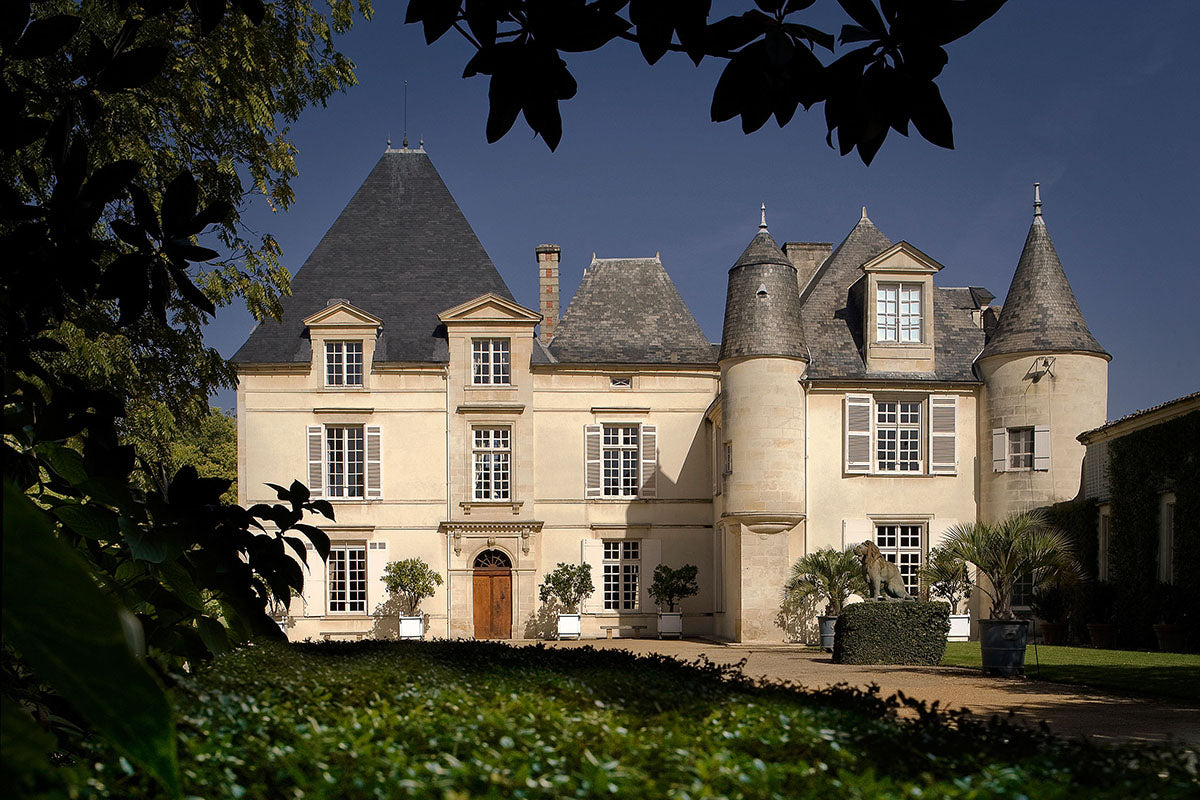
CHATEAU HAUT BRION

CHATEAU HAUT BRION BLANC

CHATEAU L'EGLISE-CLINET

CHATEAU L'EVANGILE
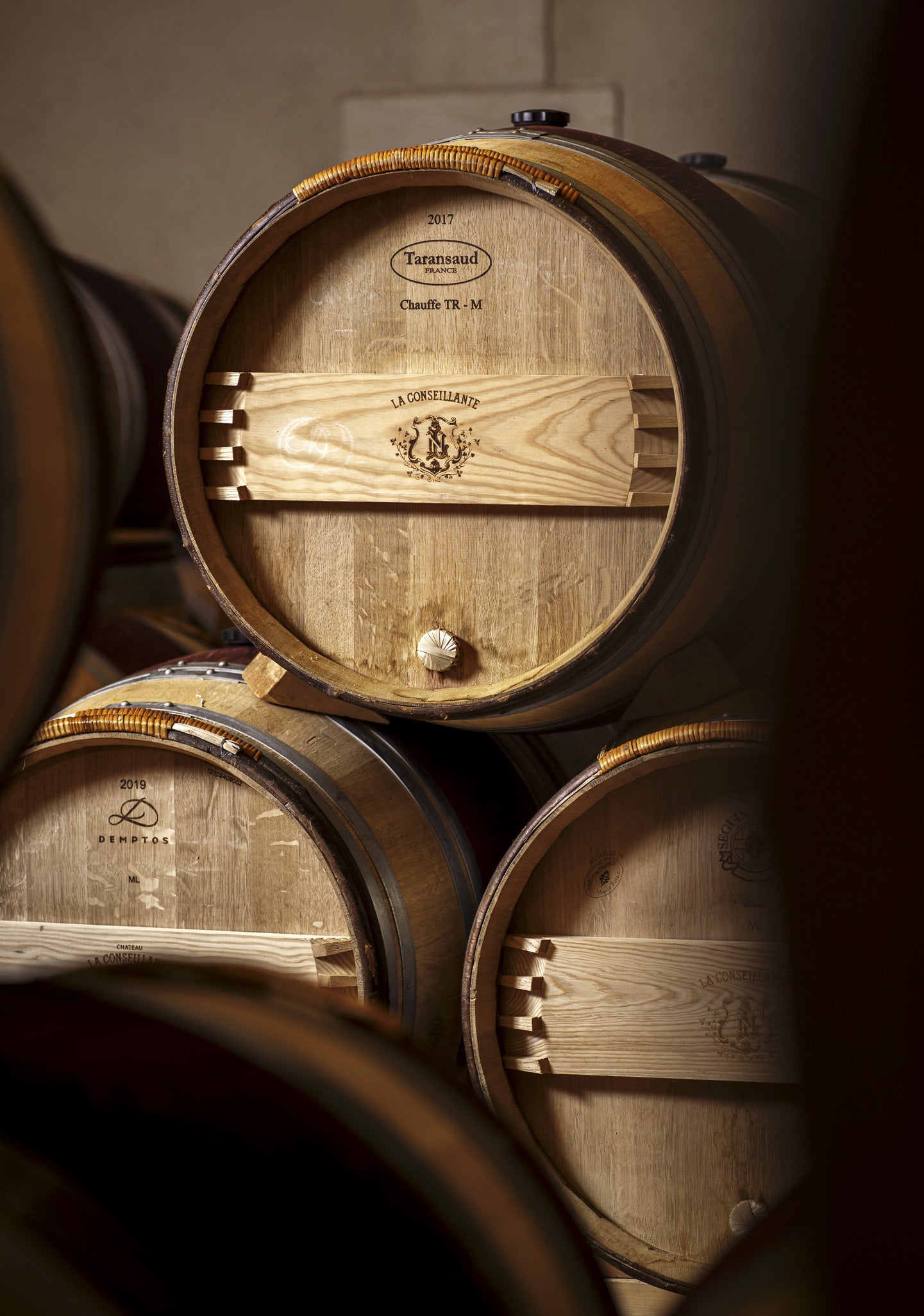
CHATEAU LA CONSEILLANTE
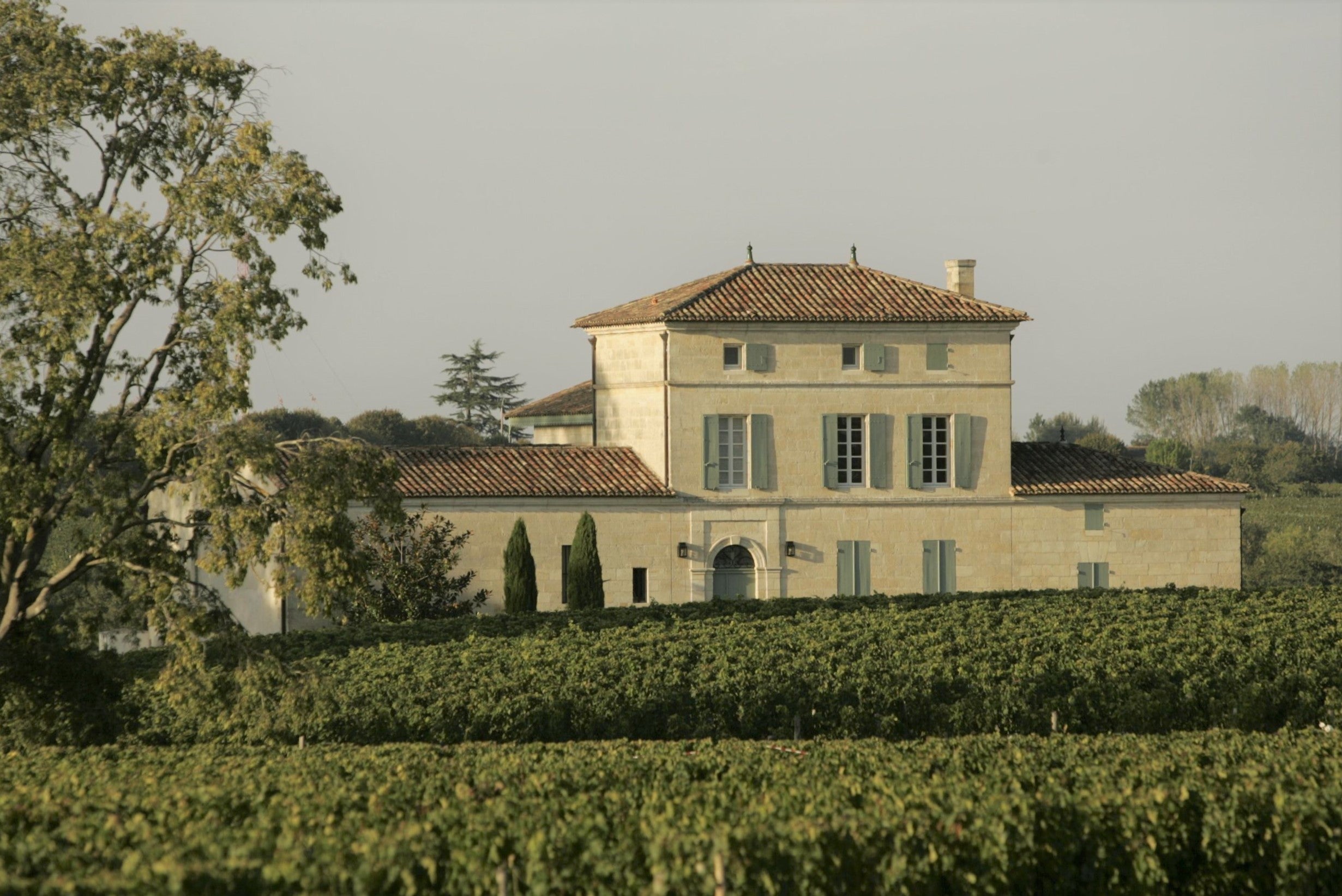
CHATEAU LA FLEUR-PETRUS

CHATEAU LA GOMERIE

CHATEAU LA MISSION HAUT BRION

CHATEAU LA MISSION HAUT BRION BLANC
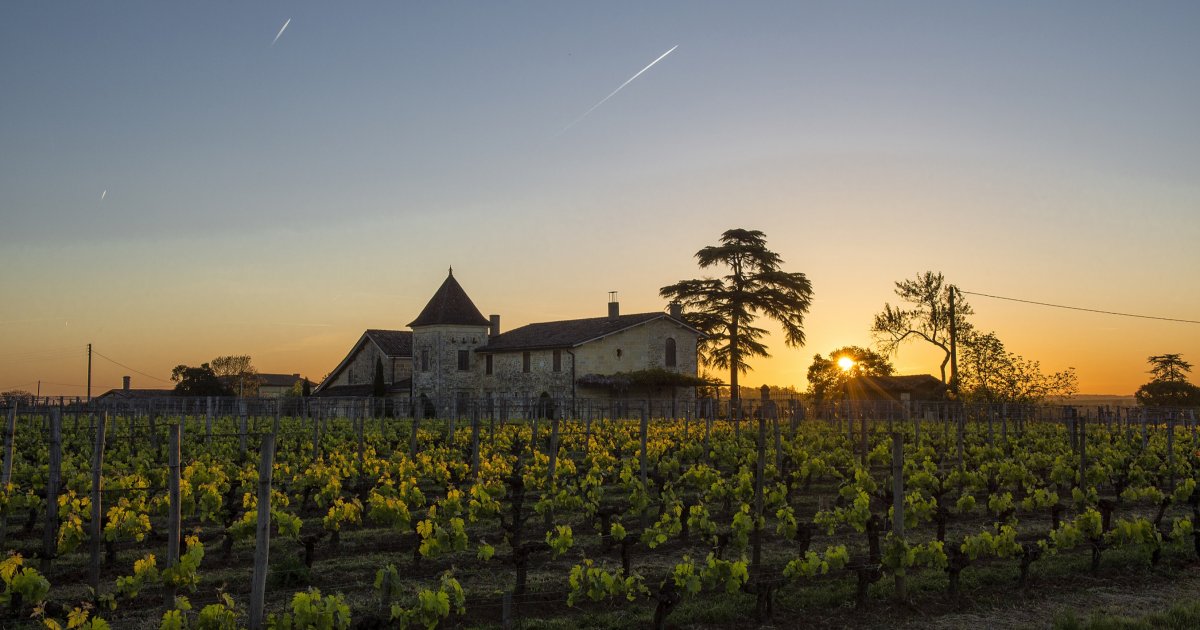
CHATEAU LA MONDOTTE

CHATEAU LAFITE ROTHSCHILD
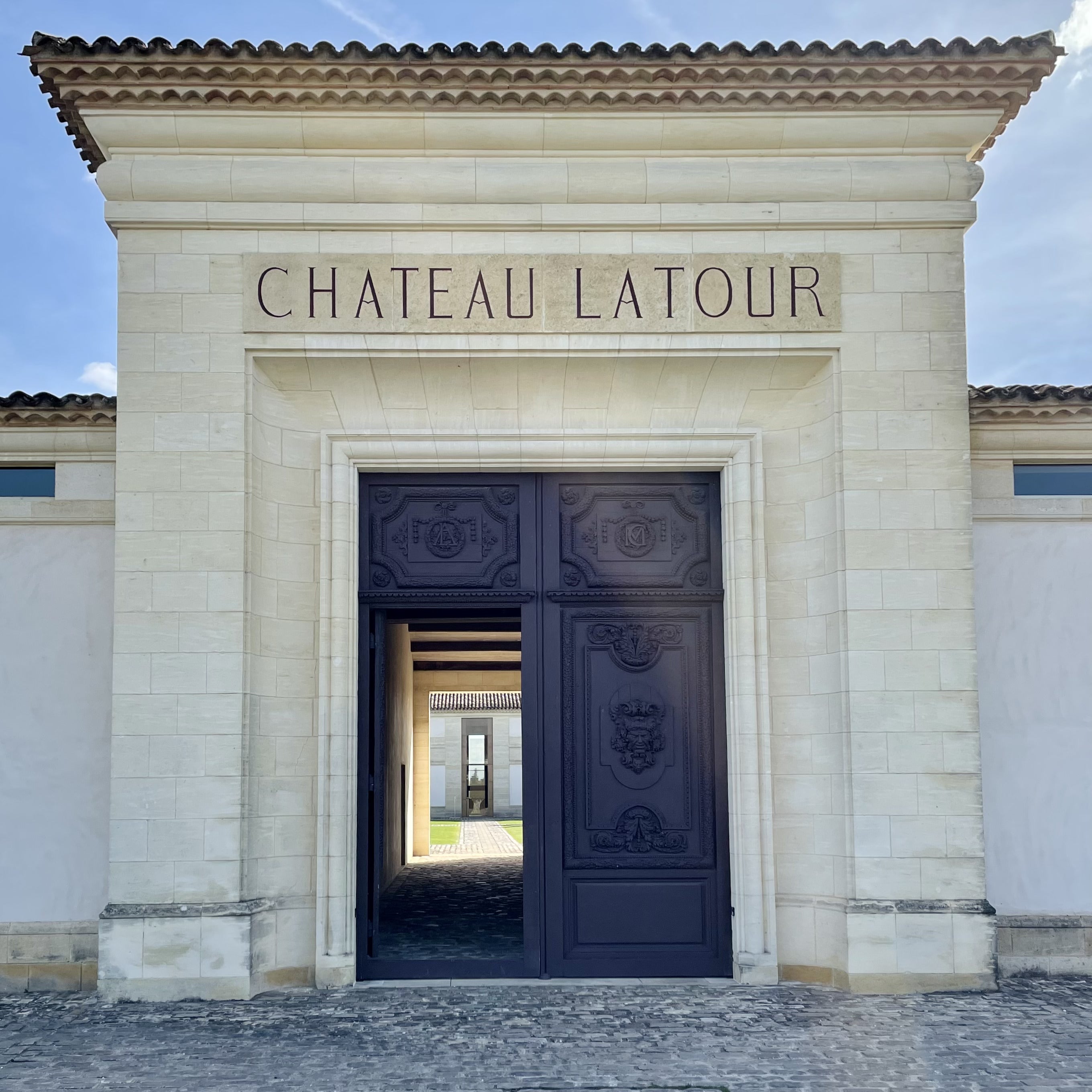
CHATEAU LATOUR

CHATEAU LE PIN

CHATEAU LEOVILLE POYFERRE

CHATEAU LES CARMES HAUT-BRION

CHATEAU LYNCH-BAGES

CHATEAU LÉOVILLE BARTON

CHATEAU LÉOVILLE LAS CASES
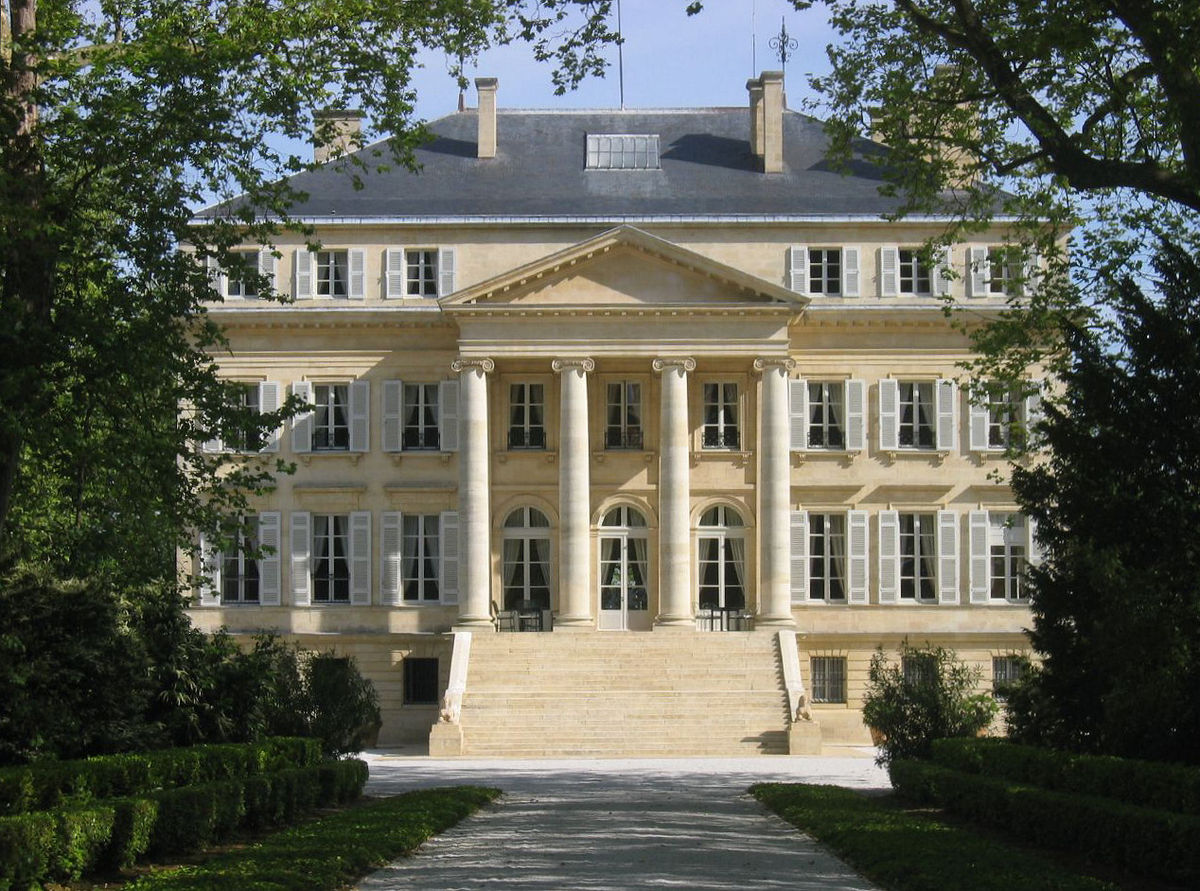
CHATEAU MARGAUX

CHATEAU MONTROSE
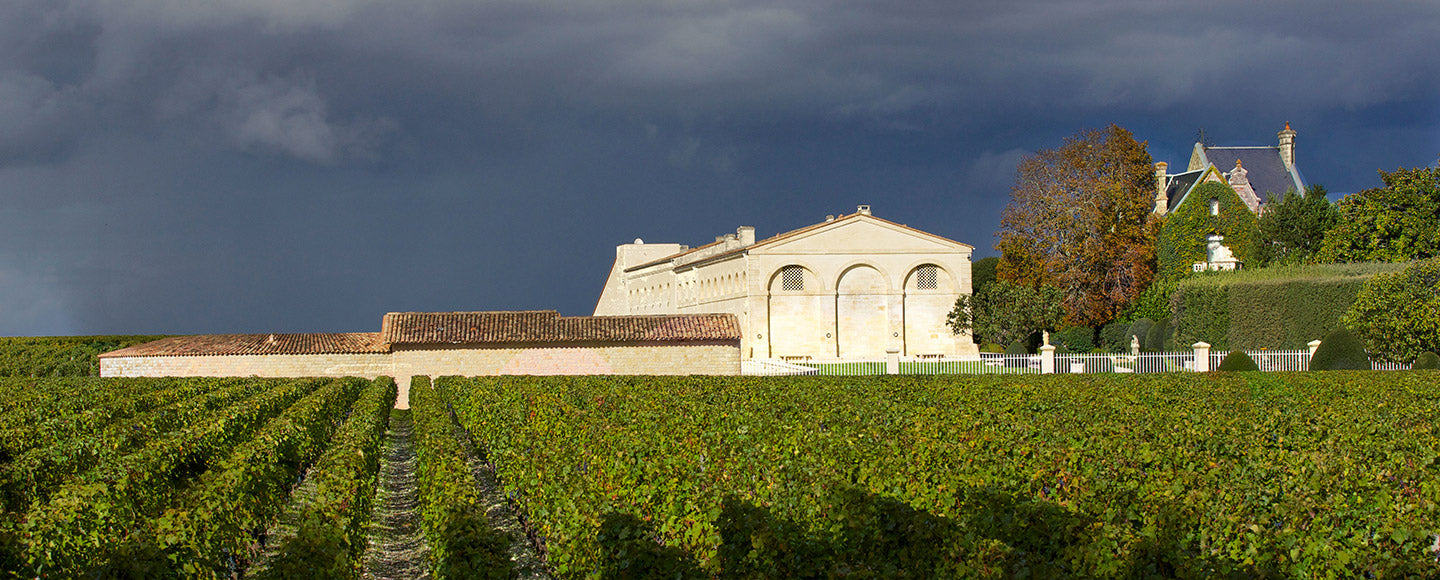
CHATEAU MOUTON ROTHSCHILD

CHATEAU NENIN

CHATEAU PALMER

CHATEAU PAPE CLEMENT

CHATEAU PAVIE
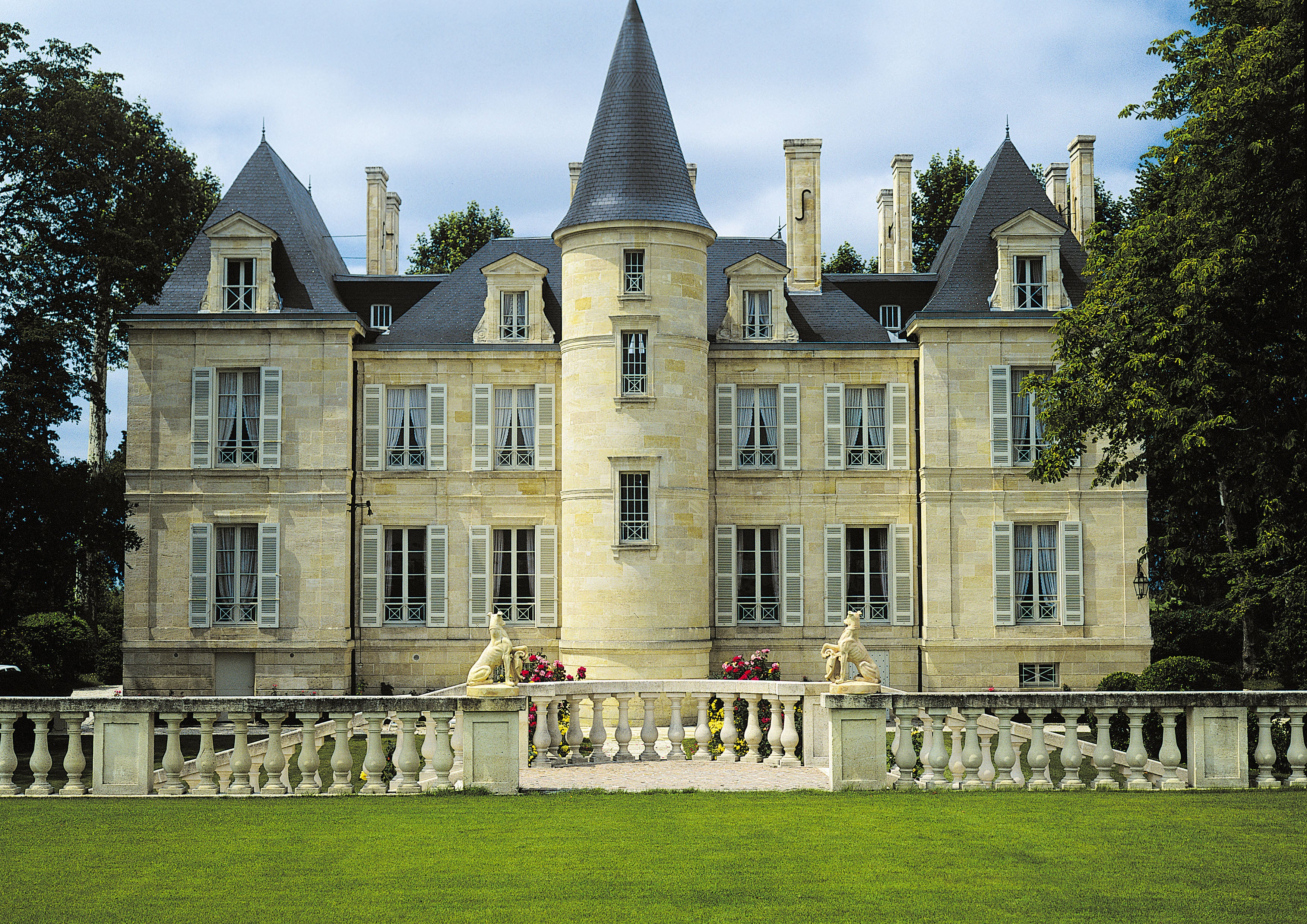
CHATEAU PICHON-LONGUEVILLE COMTESSE LALANDE

CHATEAU PONTET-CANET

CHATEAU QUINTUS

CHATEAU RIEUSSEC

CHATEAU ROC DE CAMBES
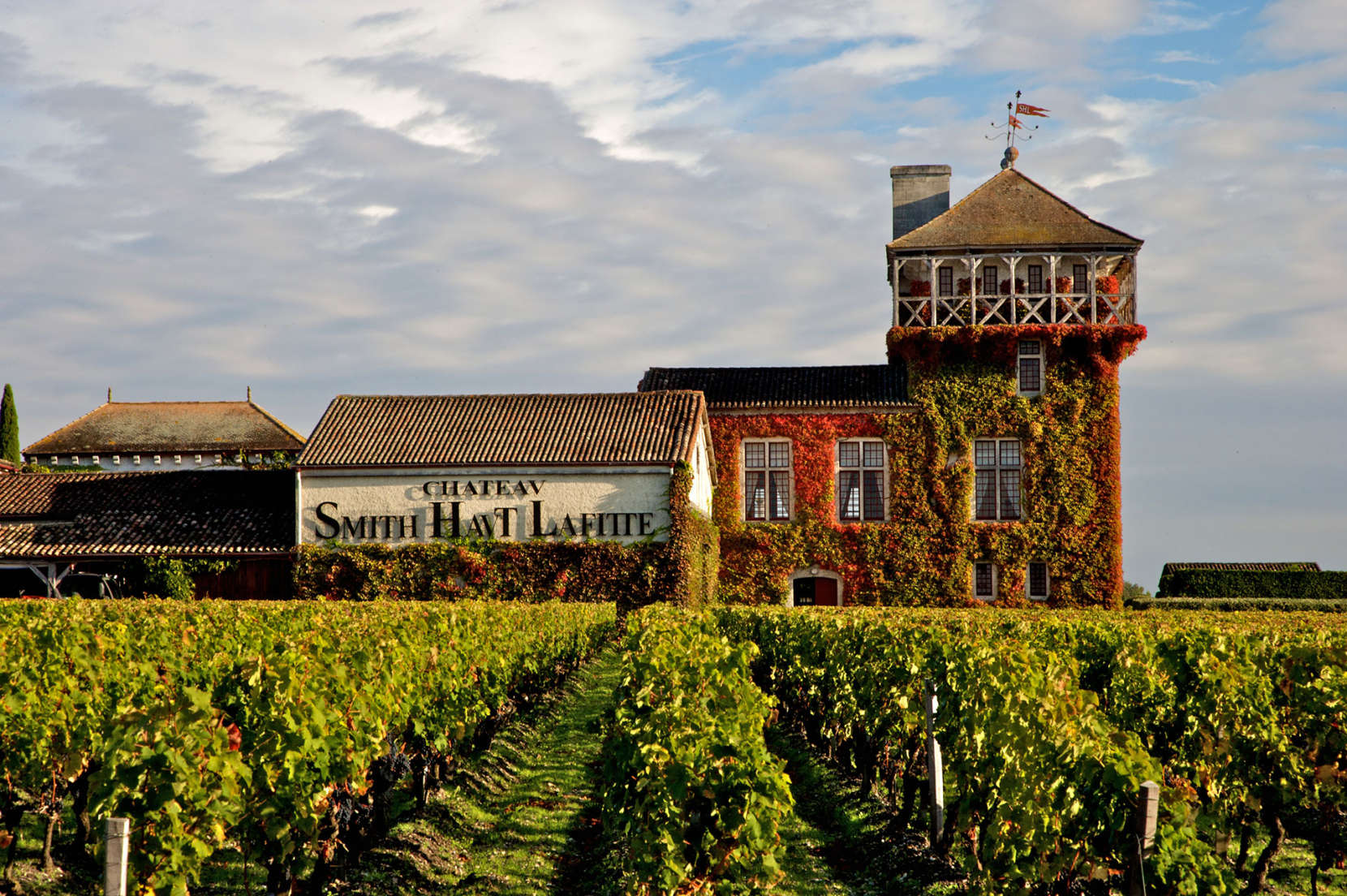
CHATEAU SMITH HAUT LAFITTE

CHATEAU SMITH HAUT LAFITTE BLANC
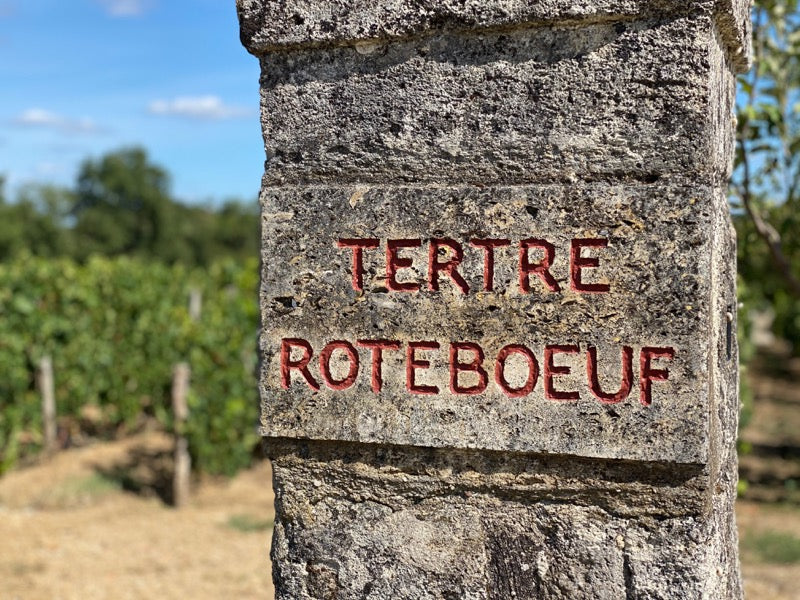
CHATEAU TERTRE ROTEBOEUF

CHATEAU TROPLONG MONDOT
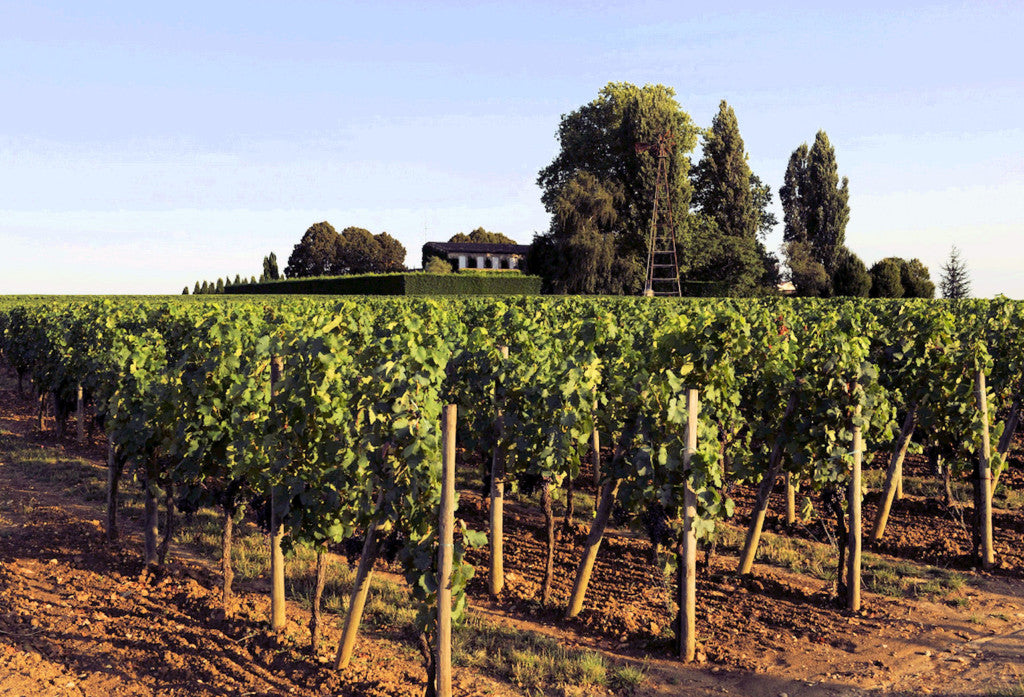
CHATEAU TROTANOY
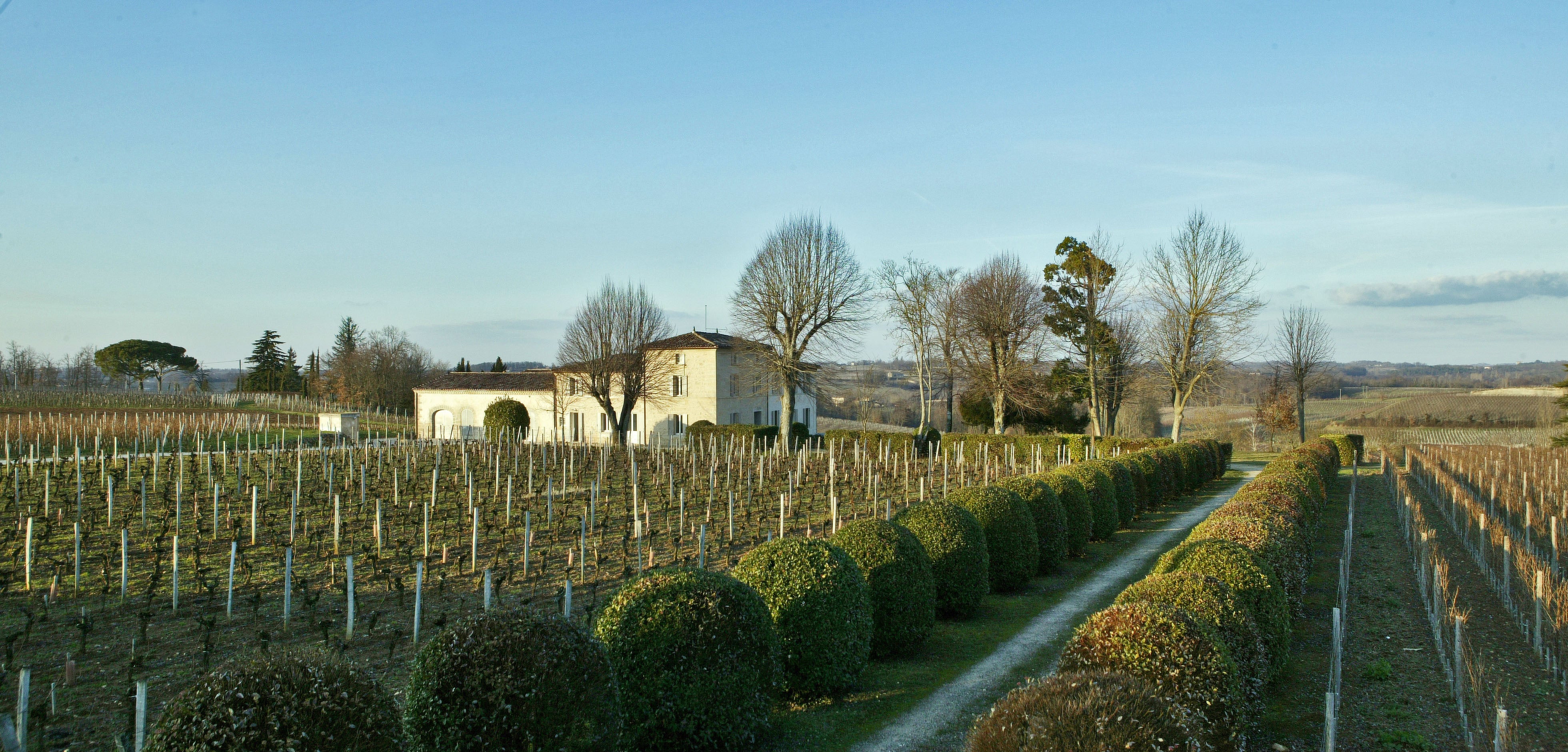
CHATEAU VALANDRAUD

CHATEAU VALANDRAUD (ROUGE)

LA CROIX DE BEAUCAILLOU

LE CLOS DU BEAU PERE

LE PETIT CHEVAL

LE PETIT MOUTON DE MOUTON ROTHSCHILD

LES FORTS DE LATOUR

PAGODES DE COS

PAVILLON BLANC DU CHATEAU MARGAUX

PAVILLON ROUGE DU CHATEAU MARGAUX
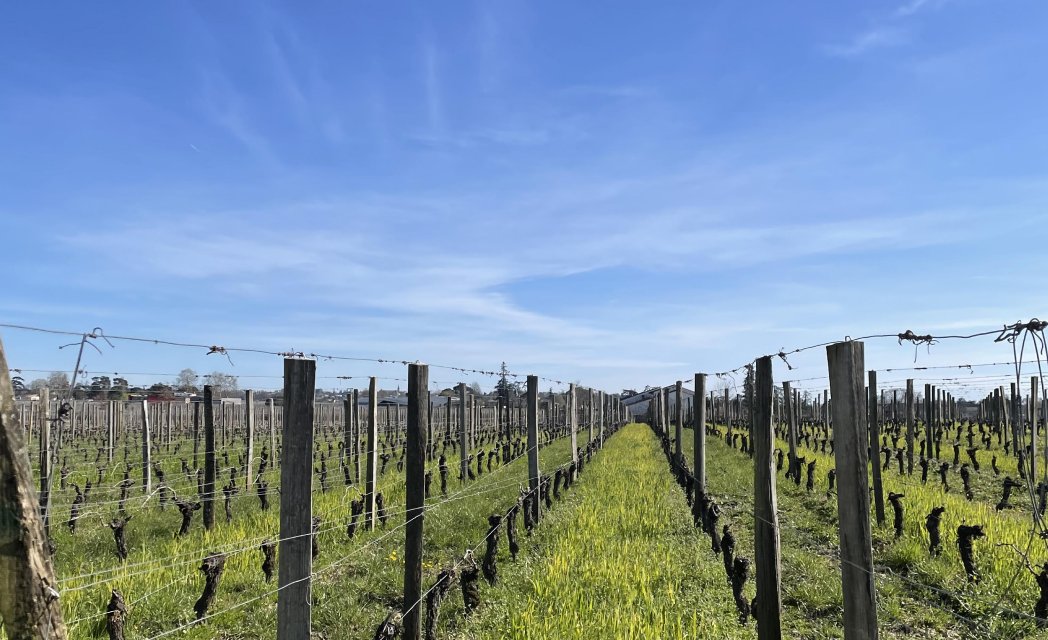
PETRUS

VIEUX CHATEAU CERTAN
Découvrez les domaines & vins Bordeaux
Bordeaux, the world capital of wine
Bordeaux is a wine empire. It is in Bordeaux that you find the finest and most sought-after wines in the world, such as Château Cheval Blanc, Château Figeac, and Pétrus.
Located in the southwest of France, near the Atlantic Ocean, Bordeaux benefits from a moderate maritime climate. Bordeaux has an area of 111,000 hectares of vineyards producing an average of 800 million bottles per year. There are more than 7,000 wine estates, and the average size of the estates is less than 20 hectares, about three times larger than the average size of estates in Burgundy.
The plantations are dominated by Merlot, Cabernet Sauvignon, and Cabernet Franc for red wine production; and Sauvignon Blanc and Sémillon for white wine. Some estates also include small plots of Petit Verdot and Carménère for red wine, and Muscadelle for white wine. Bordeaux is divided into two main areas: the Left Bank and the Right Bank, delineated by the Garonne and Dordogne rivers. 30% of the production is high-end wines. Several classification systems have been established in Bordeaux, the most famous being that of 1855.
Key concepts to understand and order Bordeaux Wines
The history of Bordeaux's success begins in the 17th century when the Médoc peninsula, initially a swampy land unsuitable for agriculture, was drained by the Dutch. In the following century, benefiting from a well-established distribution network, Left Bank wines such as Château Margaux and Château Lafite Rothschild were appreciated worldwide, from Great Britain to the United States.
Bordeaux Right Bank:
- The Right Bank is located north of the Garonne and Gironde rivers. It is the homeland of the Merlot grape variety with rather clayey soils. Saint-Émilion Grand Cru and Pomerol are the most prestigious appellations of the Right Bank.
Bordeaux Left Bank:
- The Left Bank is located south of the Garonne and Gironde rivers. The Left Bank concentrates all the wines classified in 1855 and includes three iconic vineyards: Médoc, Graves, and Sauternais. Characterized by gravelly soil, it is the homeland of the Cabernet Sauvignon grape variety.
En Primeur:
- This is a commercial agreement between châteaux and négociants that was established after World War II. This system involves selling the wine in the spring following the harvest period of the previous year. Thus, the wine is not fully finalized and is sold 1 to 18 months before bottling. The allocation system divides the total production of a château and determines the number of wine cases allocated to each négociant. Some wine estate owners have decided to market their wines En Primeur without going through the Place de Bordeaux system, like Château Latour since 2012, in order to sell only wines qualified as "deliverable," that is, wines ready to drink.
- For more information, consult our En Primeur Guide.
The Place de Bordeaux:
- This is a commercial system for selling Bordeaux grands crus, bringing together châteaux, brokers, and négociants. Benefiting from a central place in wine export since the 18th century, the Place de Bordeaux was established by négociants, and this distribution system still exists today. Few properties sell directly to consumers. Brokers have a legal and intermediary role in the commercial relationship between châteaux and négociants. The Place de Bordeaux distributes 70% of the wine produced by the Bordeaux region in more than 170 countries. To ensure optimal distribution, a château can entrust its distribution to up to 40 négociants.
The 1855 Classification:
- This is the most important classification in the wine world. It was originally created for the 1855 Universal Exposition, at the request of Napoleon III, to classify Bordeaux wines. This classification was made based on the selling price of the wines. Today, the classification remains and is almost unchanged. It brings together 60 wine estates mainly from Médoc and includes 5 quality levels. The châteaux are classified from 1st Grand Cru Classé to 5th Grand Cru Classé.
- The châteaux recognized as 1st Grand Cru Classé are: Haut-Brion, Lafite Rothschild, Latour, Margaux, and Mouton Rothschild.
- The châteaux classified as Second Grand Cru Classé are: Cos d'Estournel, Léoville Las Cases, Léoville-Poyferré, Léoville Barton, Gruaud Larose, Pichon Longueville Comtesse de Lalande, Ducru Beaucaillou, Montrose.
- The châteaux classified as Third Grand Cru Classé are: Palmer, Calon-Ségur, Giscours, Cantenac Brown.
- The châteaux classified as Fourth Grand Cru Classé are: Duhart-Milon, Talbot, Beychevelle, La Tour Carnet.
- The châteaux classified as Fifth Grand Cru Classé are: Lynch-Bages, Pontet-Canet, Clerc Milon, Haut Batailley, Cos Labory, d'Armailhac.
- Then, 27 estates producing sweet white wines in Sauternes and Barsac were classified.
- Château d'Yquem was recognized for its exceptional superior quality and is the only château to have been classified as Premier Cru Supérieur.
- Château Rieussec is classified as Premier Cru.
The classification of Saint-Émilion Grand Cru wines:
- It was created in 1955 to classify only the wines of Saint-Émilion. Approximately every ten years, the classification is reviewed. The classification is based on various criteria such as terroir, production methods, reputation, blind tasting of the last 10 vintages, etc. The latest classification was revealed in 2022: 85 châteaux were classified, including 14 châteaux awarded Premier Grand Cru status.
The Classification of Graves Wines:
- In 1953, a classification of Graves wines was carried out by the INAO (National Institute of Appellations of Origin) in response to a request from the appellation's union. Unlike the 1855 classification, this one has no hierarchy, and unlike the Saint-Émilion classification, it is not subject to revision. 16 crus were classified: 6 châteaux producing both red and white wine, 7 châteaux producing red only, and 3 producing white only. Classified crus from Graves include Château Smith Haut Lafitte, Pape Clément, and Haut-Bailly.
Among these, Château Haut-Brion holds a double distinction: it is a classified growth in Graves and also a Premier Grand Cru Classé in the 1855 classification.
Some wines are not part of any classification, such as those from the Pomerol appellation; however, their quality is equivalent to that of the 1855-classified wines. Their exceptional rarity, like Pétrus, Le Pin, La Conseillante, or L'Évangile, speaks for itself.
Our commercial team will be happy to advise and respond to your requests for rare wines and collectible wines available in limited quantities or under allocation (Rayas, Selosse, ...). To send us your requests, feel free to email us at: contact@mwineted.com




